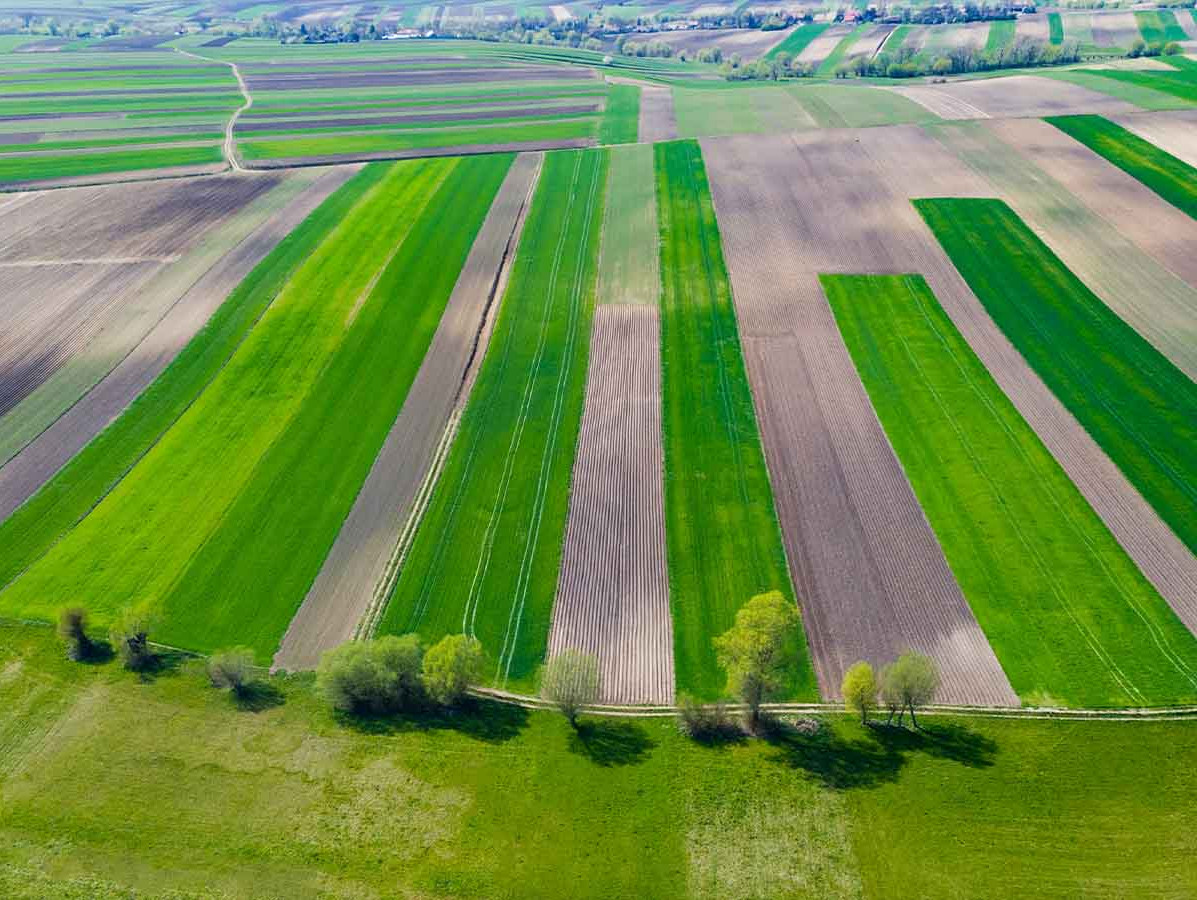
Wageningen Food & Biobased Research has published revealing findings after studying three wheat harvests produced from strip cropping. It turns out that while strip-grown wheat is not inferior to commercial varieties in baking bread, cleaning and separation is more complex.
Strip cropping, growing different crops in strips 3-6 meters wide, offers an opportunity for farmers to improve biodiversity. Five years of research have shown that the yield of strip cropping is comparable to that of monocultures. Dr. Dirk van Apeldoorn of Wageningen University & Research indicates that farmers who choose strip cropping report greater job satisfaction.
However, a crucial question remains unanswered: how does strip cropping affect post-harvest food processing? Mira Theunissen, researcher at Wageningen Food & Biobased Research, emphasizes that a thorough understanding of the challenges of strip cropping is necessary for broad adoption. Complications arise especially immediately after harvest, when cleaning and separation take place. Due to the nature of strip cropping, there may be more impurities in the harvest.
In addition, in the case of mixed crops, where different crops are grown together, such as wheat and field beans, there are food safety concerns. Cross-contamination, such as wheat in legume crops, can lead to problems with allergens.
However, experiments have shown that, although adjustments are needed, the quality of bread and cookies made from strip-grown wheat can be comparable to commercial products. Theunissen further indicates that mix cultivation can offer other benefits, such as increased protein content in wheat due to proximity to legumes.
The overall conclusion is clear: The diversity of strip cropping requires flexibility in food processing. Current standardization in the industry may need to give way to a more tailored approach that does justice to the ecosystem benefits of strip farming.
Van Apeldoorn emphasizes that this approach requires not only farmers but the entire chain. This includes a shift in consumer expectations and a potentially more diverse diet that reflects the diversity of the field.
Source: WUR